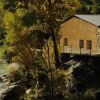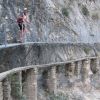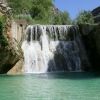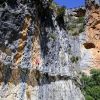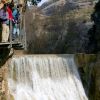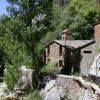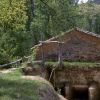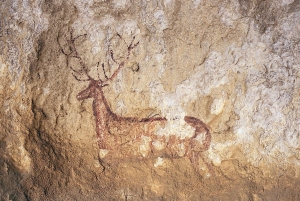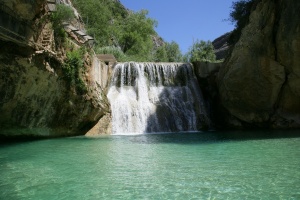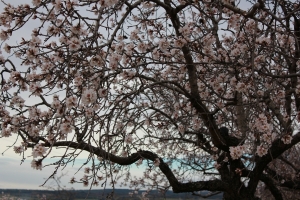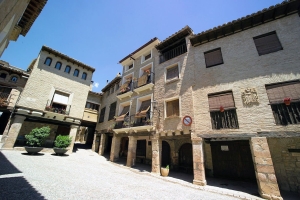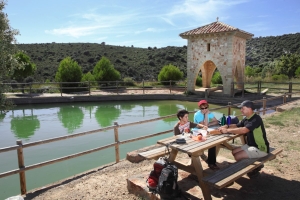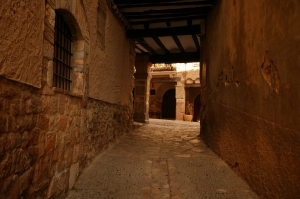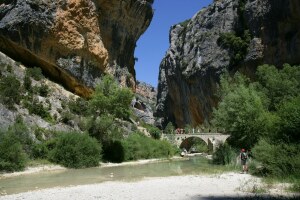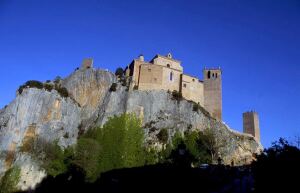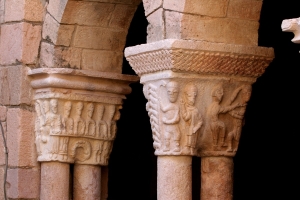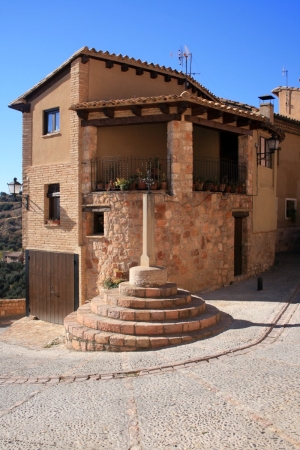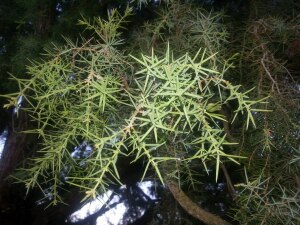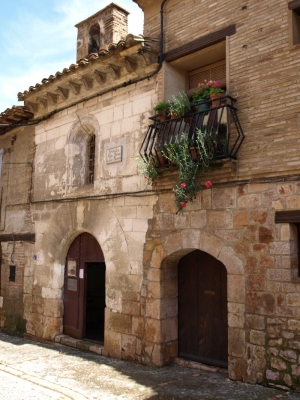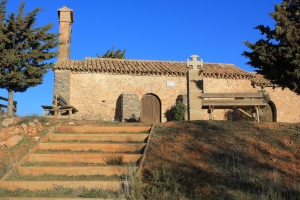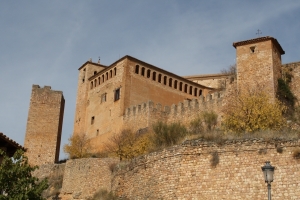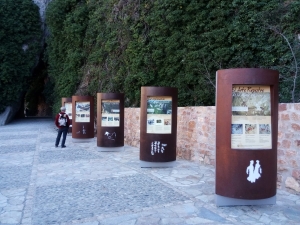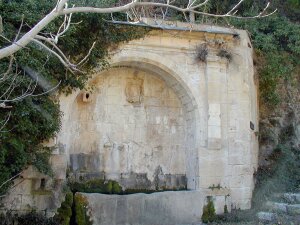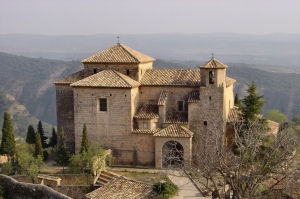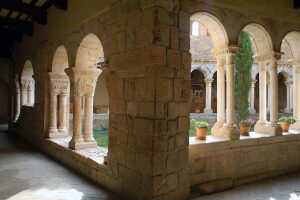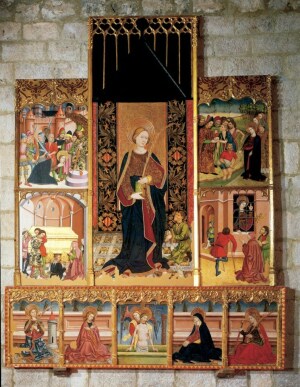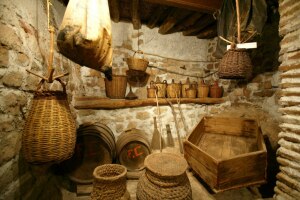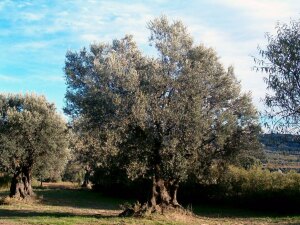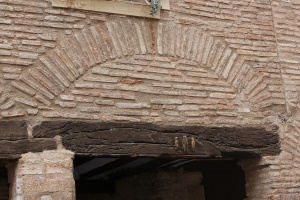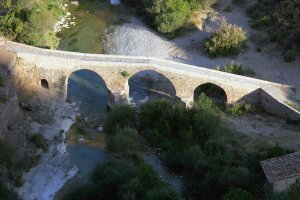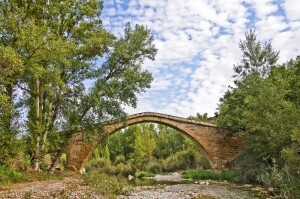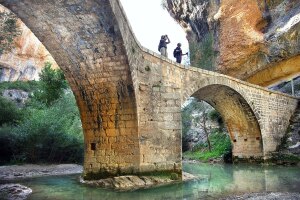The River Vero flows underground for a long stretch until emerging in Lecina and from here if runs its course through spectacular canyons and narrow gorges.
Cave art close to Lecina and Alquézar is testimony to the activity of man in this remote area as far back as the pre-historic era. Durant Islamic rule, the Vero acted as a natural communication route between Al-Qsar (Alquézar or fortress) and the Moorish city of Barbastro, capital of the Barbitanya region. Later, the river became a natural corridor for the penetration of Aragonese troops in their advance from Sobrarbe to conquest the flatter land to the south.
Despite the narrow water flow as it passes by Alquézar, the Vero’s waters have been used for the maximum benefit of man in the past. The mills, dams and bridges that remain are evidence of the intense activity that took place here until recently.
A dam is a barrier that raises the level of the water in order to direct it to a channel to be used as a hydraulic force or to water land. The dam at Alquézar dates back to medieval times and the water held here was channelled to an old mill that no longer exists. Around 1909 the dam was reinforced with cement and a new channel was built, which can still be seen today. This took the water to the turbines of a small electricity plant that had been installed on the site of an old mill.
Travelling down the river, the sheer, calcareous walls give way to more rounded conglomerate rock faces. Beneath these cliffs there is another dam, which was originally used to collect water for the paddles of an ancient fulling mill. The purpose of this mill was to transform open weave cloths into more closely woven fabric. The force of the water moved a wheel that drove mallets, which would beat the cloth to make it more compact. Records date the fulling mill of Alquézar back to the year 1190. Taking into consideration that this type of machine did not emerge until the 12th century, this incipient pre-industrial activity brought great prosperity to the village of Alquézar in the medieval era.
Later, between the 14th and 15th centuries, the dam was put to use to serve a flour mill situated 200 metres downstream. The water from the dam was channelled to a small reservoir and in this way the miller was guaranteed production without being subject to the variable fluctuations of the river flow. The water was fired with great force down to the mill through chutes to drive the millstone and poured out from a space below. These cavities are the only constructive element to differentiate the mill from an old country house.



